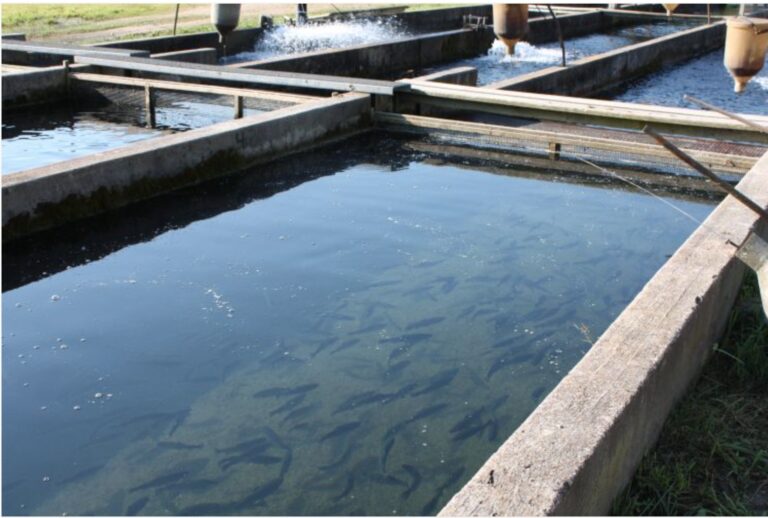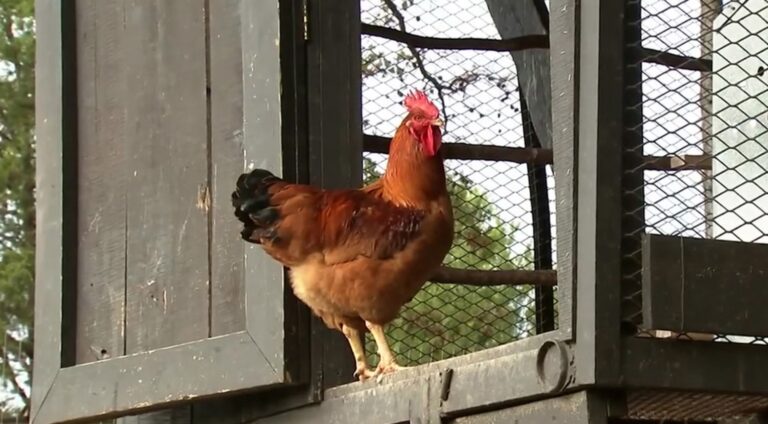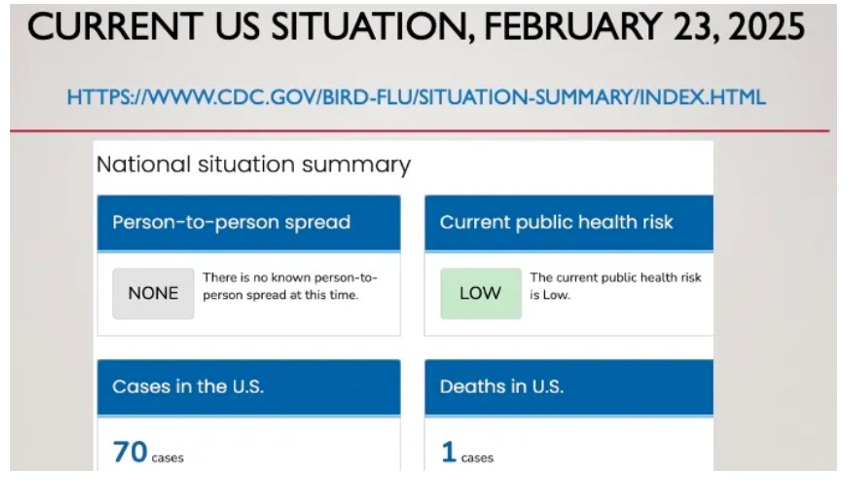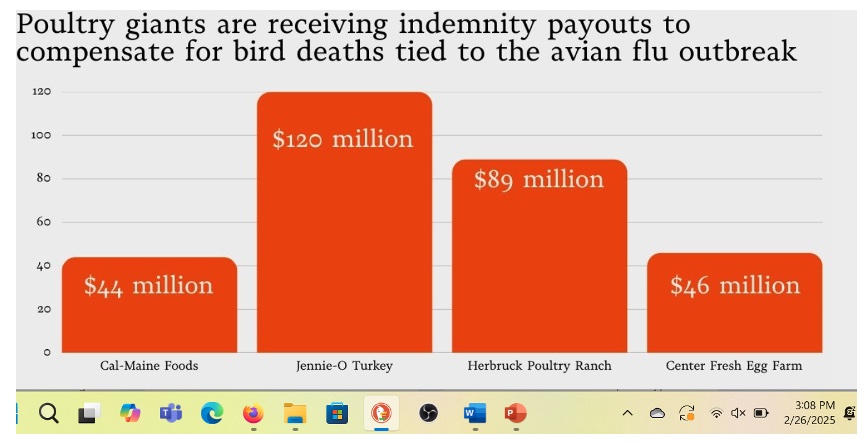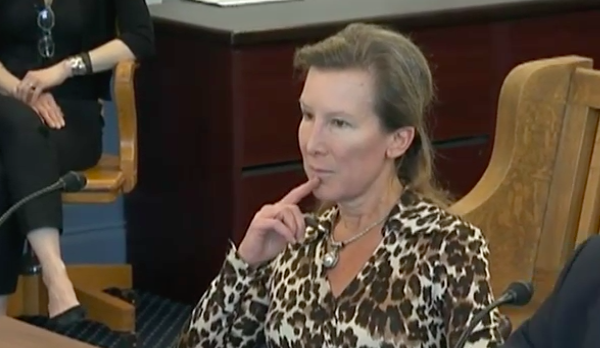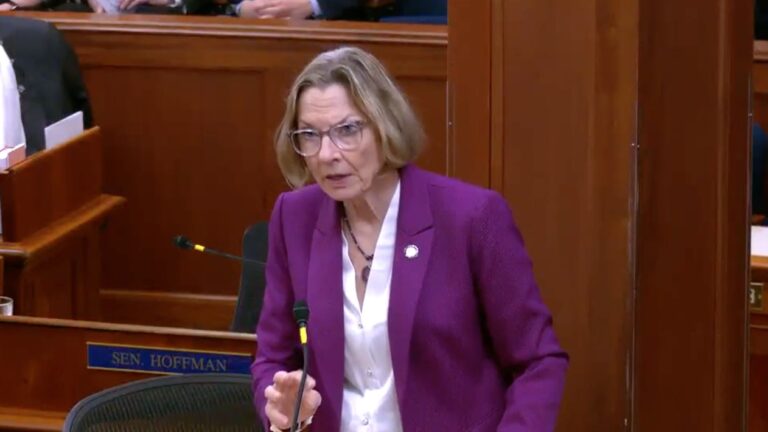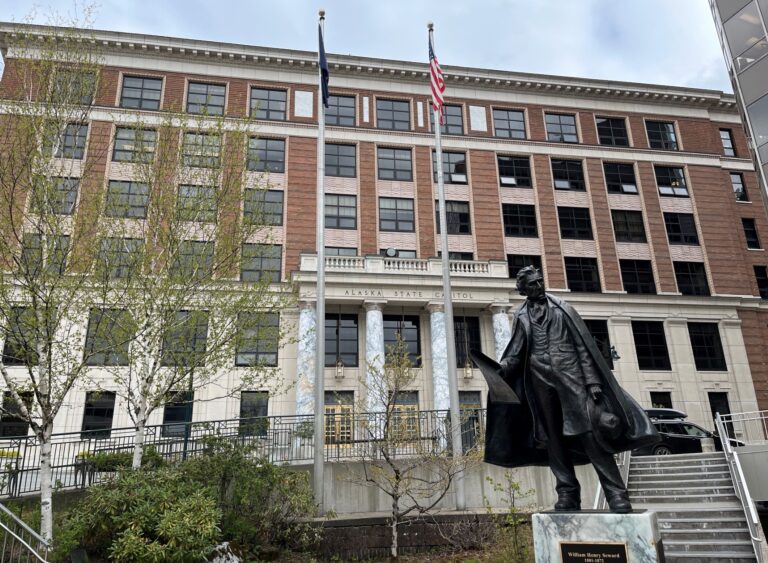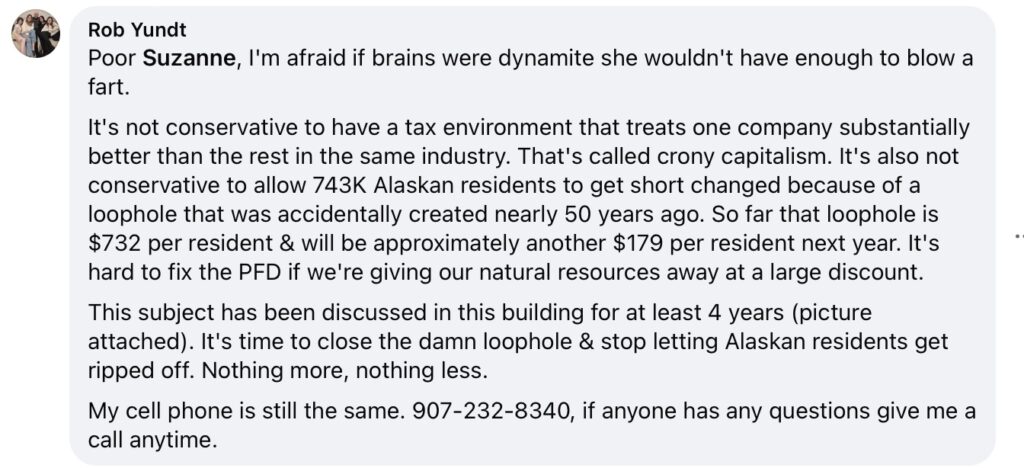“Neither in this or any other issue can the Constitution protect us if we don’t protect the Constitution.” – Thomas Sowell
By DAVID EASTMAN
Senate Bill 189 is clearly unconstitutional. Even so, that didn’t stop 50 legislators (24 of them Republican) from voting to pass it in Juneau last session. Let that sink in for a moment. More than 80% of legislators (more than 70% of Republican legislators) publicly voted to pass a bill that they knew was clearly unconstitutional.
When legislators were debating the bill, SB189’s supporters didn’t even try to defend its constitutionality. When I stood up in the House immediately before the vote, and placed on the record the fact that SB189 was an illegal bill, the response was complete silence.
When Senator Stedman stood up in the Senate immediately before the vote, and explained that SB189 was a blatant violation of the Alaska Constitution, and that it didn’t pass the red face test, the response in the Senate was complete silence.
SB189 was such an affront to the Constitution that Senators Stedman and Hoffman refused to vote either yea or nay when it first came up for a vote.
When the attorney general analyzed the bill, the Department of Law pulled no punches in saying “we believe that [SB189] is unconstitutional because it violates art. II, sec. 13 of the Alaska Constitution.”
SB189 was such a clear violation of the Constitution that the governor refused to sign it, opting instead to allow it to go into law without his signature. In short, SB189 is a travesty.
The Alaska Constitution requires that every piece of legislation be confined to one subject. SB189 addresses at least half a dozen subjects, ranging from marijuana policy, to child care, to hunting moose and caribou.
State law requires that every piece of legislation extending the life of a state board or commission be confined to a single board (AS 44.66.050(e)). SB189 extends the life of no less than four separate state boards and commissions (e.g. The Marijuana Control Board, The Board of Massage Therapists, The Big Game Commercial Services Board, and the Alaska Commission on Aging).
State law guarantees that the public be afforded the right to publicly testify in the House and Senate whenever the extension of a state board or commission is being considered by the legislature (AS 44.66.050(a)). House legislators refused to allow public testimony on SB189.
Article II, Section 12, of the Alaska Constitution requires that the process of passing laws be governed by the same set of written rules in both the House of Representatives and in the Senate. These rules explicitly prohibit legislators from combining or fundamentally altering bills after they have already been passed by the House or the Senate (see Rules 24, 35, 41, and 42). After the Senate passed SB189, legislators in the House abandoned the legislative process, along with the public transparency it requires, in order to stuff five additional bills into SB189. In the end, SB189 was actually six different bills (SB189, SB182, SB228, SB234, HB396, and HB89).
Those at Alaska’s Constitutional Convention in 1956 were all too familiar with the practice of stuffing one bill inside another bill in order to get questionable policies through the legislature. To prevent this, they explicitly denied legislators the power to combine bills on different subjects into a single piece of legislation (See Page 1746, Proceedings of the Constitutional Convention). Combining bills on different subjects violates the right of legislators to vote on each individual bill, violates the right of citizens to know how their legislators have voted, and violates the right of the governor to choose whether or not to veto each bill.
The Alaska Constitution (Article II, Section 13) also requires that the “subject of each bill shall be expressed in the title.” Even the travesty that was the SB91 catch-and-release crime bill, with an utterly indefensible title that was 167 words long, has a greater claim to being constitutional than SB189, whose “title” clocks in at well over 200 words.
After the legislature passed SB189, as a mea culpa, legislators passed a non-binding resolution (HCR 23) to retroactively waive their earlier abandonment of the legislative process. Legislators in the House also inserted language into SB189 in an attempt to retroactively “exempt” themselves from the consequences of violating legislative oversight laws (AS 44.66.050).
At Thanksgiving, I filed suit against the legislature’s actions. In doing so, I have invited the court to either uphold the Constitution or join the other two branches of government in publicly acknowledging that this provision of our Constitution (Art. II, Sec. 13) has now given way to political considerations and will no longer be of any force or effect. You can read the lawsuit for yourself. It isn’t long.
Thomas Sowell, channeling James Madison before him, writes: “Neither in this or any other issue can the Constitution protect us if we don’t protect the Constitution. When all is said and done, the Constitution is a document, a piece of paper. If we don’t vote out of office, or impeach, those who violate the Constitution, or who refuse to enforce the law, the steady erosion of Constitutional protections will ultimately render it meaningless. Everything will just become a question of whose ox is gored and what is the political expediency of the moment.”
One of the things they don’t teach you in school is that you can’t have it both ways. You can’t have both constitutional self-government and whatever policies are politically expedient at the moment. The very nature of constitutional government is to limit the power of government officials from doing things that are politically expedient; particularly legislators. When the unrelenting waves of political expediency crash into the Constitution’s firewalls there are only two possible outcomes; either those firewalls will be ably defended by the public, or the Constitution will give way to the ceaseless cries for legislators to go under it, or around it, or through it, on behalf of whatever political issue is popular in Juneau at the moment.
Lawmakers frequently pass bad bills, even unconstitutional ones, out of fear that they will be taken to task by the special interests in Juneau if they vote no. For this reason, special interests are often keen to marry up bad legislation with something popular. Instead of “lawmaker defends the constitution”, the headline will read “lawmaker opposes childcare tax credits” or “lawmaker opposes seniors” or “lawmaker opposes the PFD”. Don’t ask me how I know.
Fortunately, our system of government is designed to always allow members of the public to have the last word. Of course, the pertinent question isn’t whether members of the public value our rights and freedoms enshrined in the Constitution. As children, most of us were taught to value these things. The question is whether members of the public value these things more than the temporary benefits that they and their favorite elected officials stand to gain if a portion of the Constitution is “temporarily” set aside.
As Sowell points outs, the Constitution cannot protect us if we do not protect the Constitution. The Senate handed us a perfectly constitutional bill on April 22nd, when it first passed SB189 and sent it to the House. On May 14th, House legislators voted (31-9) to stuff SB182, SB228, and SB234 into SB189. There were nine of us who initially objected to what was, at that point, a clear departure from state law. The next day, on May 15th, House legislators voted (38-2) to next add HB396 to SB189, and then voted (37-2) to also add HB89. Ultimately, this transformed SB189 from a two sentence bill (as passed by the Senate), into a 32-page, unconstitutional monstrosity that sought to change state laws on everything from tax credits, to big game hunts, to childcare and marijuana.
As the only member of the Alaska House of Representatives to consistently vote against the unconstitutional provisions of SB189, it fell to me to file the lawsuit. Either we maintain a plain reading of the Alaska Constitution or brazenly unconstitutional bills like SB189 will become the new normal in Juneau going forward.
Predictably, the ADN responded to the lawsuit with the headline: “Wasilla lawmaker challenges child care tax credit…”. This is the way the game is played today. In truth, some of the bills that ultimately became part of SB189 represent good policy. Some of those bills I publicly campaigned for as a legislator and continue to support. I hope they pass in the current legislature. However, they must be passed constitutionally like every other bill. The mischief waiting to be unleashed if Alaskans ultimately abandon these constitutional safeguards can hardly be put into words.
If, as Sowell warns, the defense of our constitutional rights simply becomes “a question of whose ox is gored and what is the political expediency of the moment”, then the only thing protecting our rights as Alaskans will be whether honoring those rights happens to be considered politically expedient in Juneau at that particular moment in time. I shudder to think what rights and freedoms Alaskans stand to lose if that ultimately becomes the case.
We saw what happened when it stopped being politically expedient to honor the PFD in Juneau. Are we willing to see legislators treat portions of our Constitution the same way? Each of us have a choice to make. By opposing unconstitutional bills like SB189 at every step of the way, I have made mine.
David Eastman is a former House representative for Wasilla.

